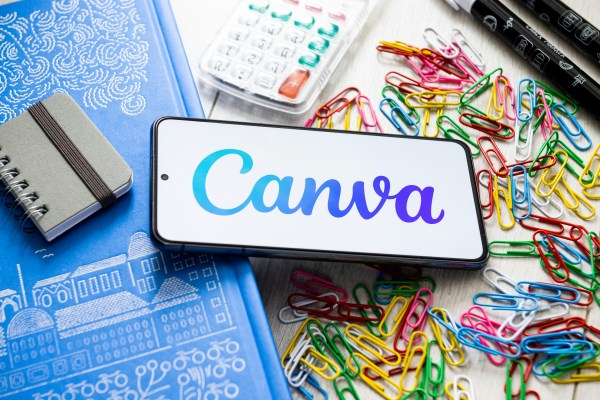
Venture secondaries has exploded over the last couple of years. While some firms have used the increase in activity to build up their positions in their most promising portfolio companies, Airtree Ventures is taking advantage of the momentum a little differently.
The Sydney-based venture firm, founded in 2014, has been using company-led secondary sales to slim down its equity stakes and get liquidity from some of its most promising bets. The company’s portfolio is made up of Australian unicorns including Canva, last valued at $40 billion, Immutable, $2.4 billion, and LinkTree, $1.3 billion, among others.
Craig Blair, a co-founder and partner at Airtree, told TechCrunch that not unlike other venture firms, Airtree’s goal is to deliver the maximum level of returns to its investors. But unlike many other firms, Airtree generates returns throughout the whole lifecycle of an investment, rather than just when the company exists.
“Right from the start, we want to put as much energy and thought into the exit process that we do for the funding process,” Blair said. “We look at the lifecycles of the fund, we look at businesses themselves, and think about when could be a good time to exit that business.”
Airtree backs companies at the pre-seed and seed stage; as companies stay private for longer, they aren’t returning money as often during the traditional fund lifecycle. So in 2021 Airtree started seeking out alternative ways to get liquidity for some of their earliest stakes, Blair said.
One of which was Canva. Airtree originally invested in Canva’s $6 million Series A round in 2015. Blair said the firm slimmed down its stake in the startup in 2021 when the company was valued at $39 billion. Airtree got a 1.4x return on Fund I from this transaction alone and was able to maintain the majority of their original stake.
“There is no hard and fast rule,” Blair said on how the firm decides when to slim down its stakes. “We look at the position of the fund and the role of that company in that fund [and think], ‘If we sold today at that price, what sort of future value are we giving up that we could hold? [What is] the value of liquidity versus long term TVPI and the effect on the fund?’”
Each time Airtree has done this, it’s purposefully maintained a majority of their stake, Blair said. He said the firm still wants to get that huge win at the end, but doesn’t want to put “all their eggs into that final basket.”
This strategy makes a lot of sense looking at how far some of the valuations for late-stage startups have fallen over the last few years. While some companies are working to grow into their last valuation, many have a long way to go and may still exit for lower than they raised their last primary round.
But Airtree’s strategy isn’t foolproof, and many investors would likely argue that slimming down these stakes takes money off the table. They aren’t wrong, and Blair acknowledges that when a company does eventually exit, Airtree makes less money off of it because of this strategy. However, that final exit isn’t guaranteed to be strong, either, he said.
Blair said Airtree wouldn’t rule out raising a continuation fund — the venture industry’s current liquidity vehicle of choice — and said it may make sense if the firm wants to start selling a bundle of its shares at once. But its current secondary strategy of raising its hand when companies look to run secondary tender sales has worked out well for them thus far.
“I’d say our responsibility as investors is to return money to our LPs at the right time,” Blair said. “Selling too early can be bad, for sure. There isn’t a single answer but rather having a process about having active decisions and not passive decisions [about liquidity]. Don’t just sit back and wait for [exits] to happen to you.”
Source link


